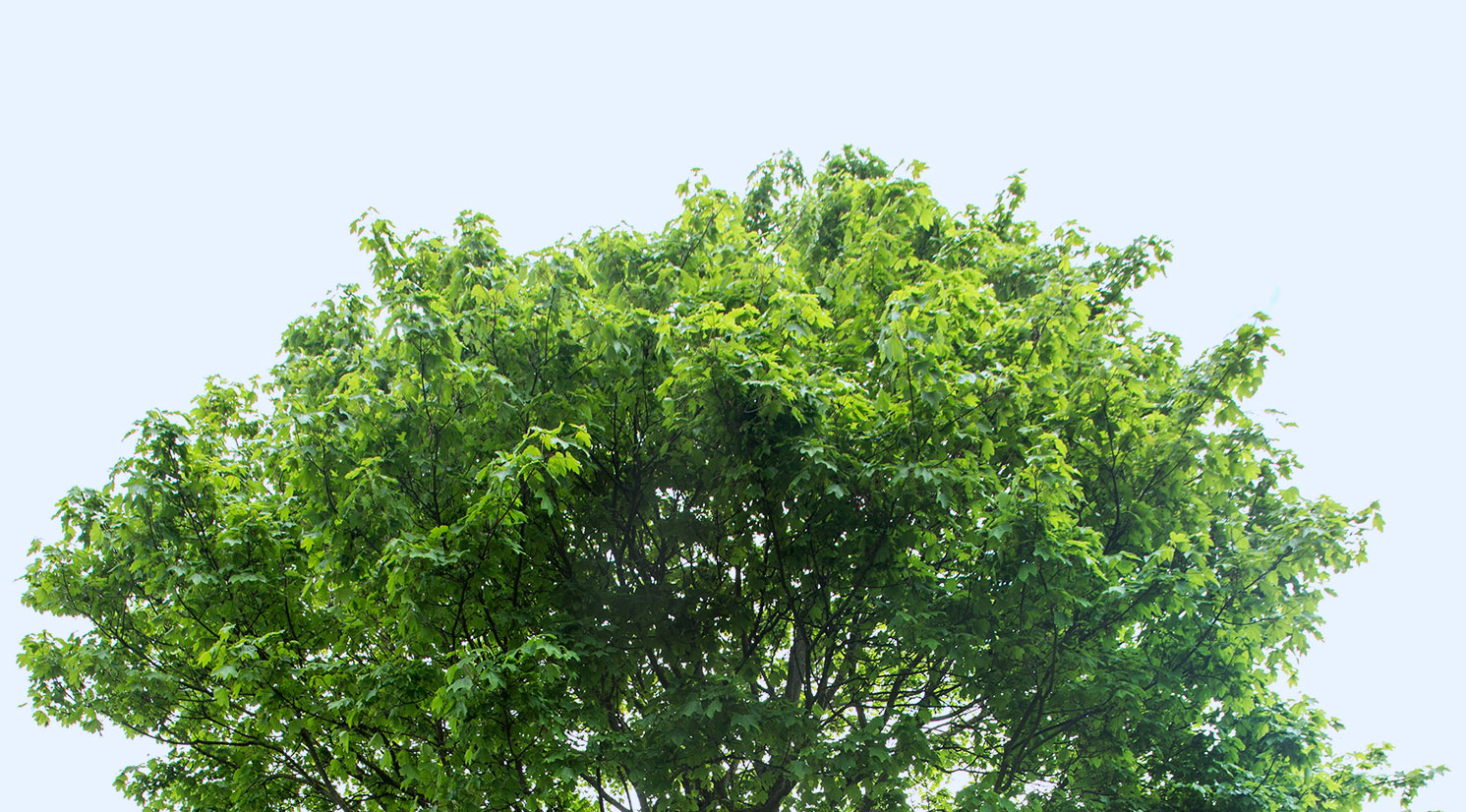You may have noticed many large Colorado spruce (Picea pungens) looking poorly, dying from the bottom up and looking thin. We are in the midst of an uptick of Rhizosphaera Needle Cast disease (most often Rhizosphaera kalkhoffii) and this has been a major factor in the declining health of these trees.
Colorado spruce (the bluest of the species commonly called “blue spruce”) are native to the Rocky Mountains and are not as well adapted to our hot and humid summers here in central Ohio which causes added stress factors.
Trees stressed from drought, excess heat, poor planting practices, etc., are more likely to suffer from Rhizosphaera Needle Cast disease. The disease most often spreads in the spring when cool, rainy weather, and long periods of needle wetness occur.
Rhizosphaera Needle Cast disease overwinters in infected needles on the tree or ground. Spores are released from the infected needles in the spring, during wet weather. These spores are dispersed by splashing and dripping water. They infect newly emerging needles, as well as mature needles. The best temperature for fungal development on wet foliage is 77°F. Infection will occur in 48 hours if spores are present. Prolonged wetness can induce extensive infection.
Disease symptoms include browning or purpling of needles, which eventually drop from the tree leaving bare patches. This symptom gives the disease its name “needle cast.” Typically, symptoms first appear on the lower branches of a tree and work from the inside of the tree out. This is because the drying effect of air flow is less prevalent in this location, so the fungus has more opportunity to spread.
Management strategies include:
- Maintaining healthy plants by reducing stresses from drought, poor drainage, and other environmental factors.
- Avoiding overhead watering, or otherwise creating wet conditions, favorable to disease spread.
- Improve air circulation allowing needles to dry more quickly.
- Fungicidal sprays (these treatments can be time consuming and expensive). This only protects new growth and will not cure infected needles.
- Replacement of infected trees or selecting more resistant tree species. Firs, pines, and other spruce species are less affected.
Many of the dwarf and weeping selections of Colorado spruce appear less susceptible to Rhizosphaera infection. This could be due to juvenility factors of these variants or their smaller size with needles drying more quickly. A hybrid of a blue Colorado spruce and Serbian spruce (Picea omorika) that we are evaluating is showing resistance to Rhizosphaera, while keeping much of the blue needle character we enjoy in the landscape.

